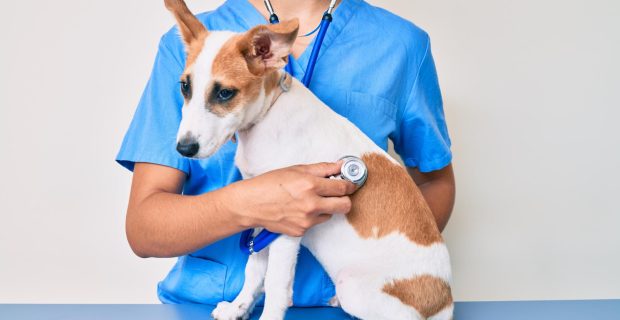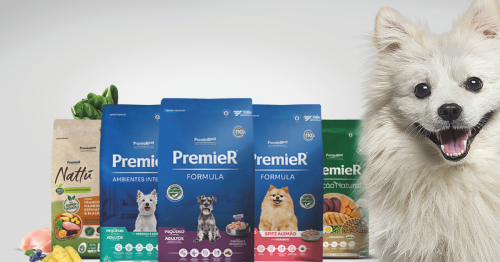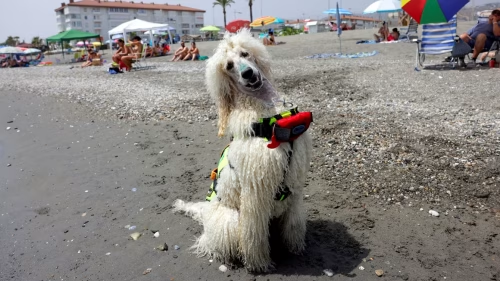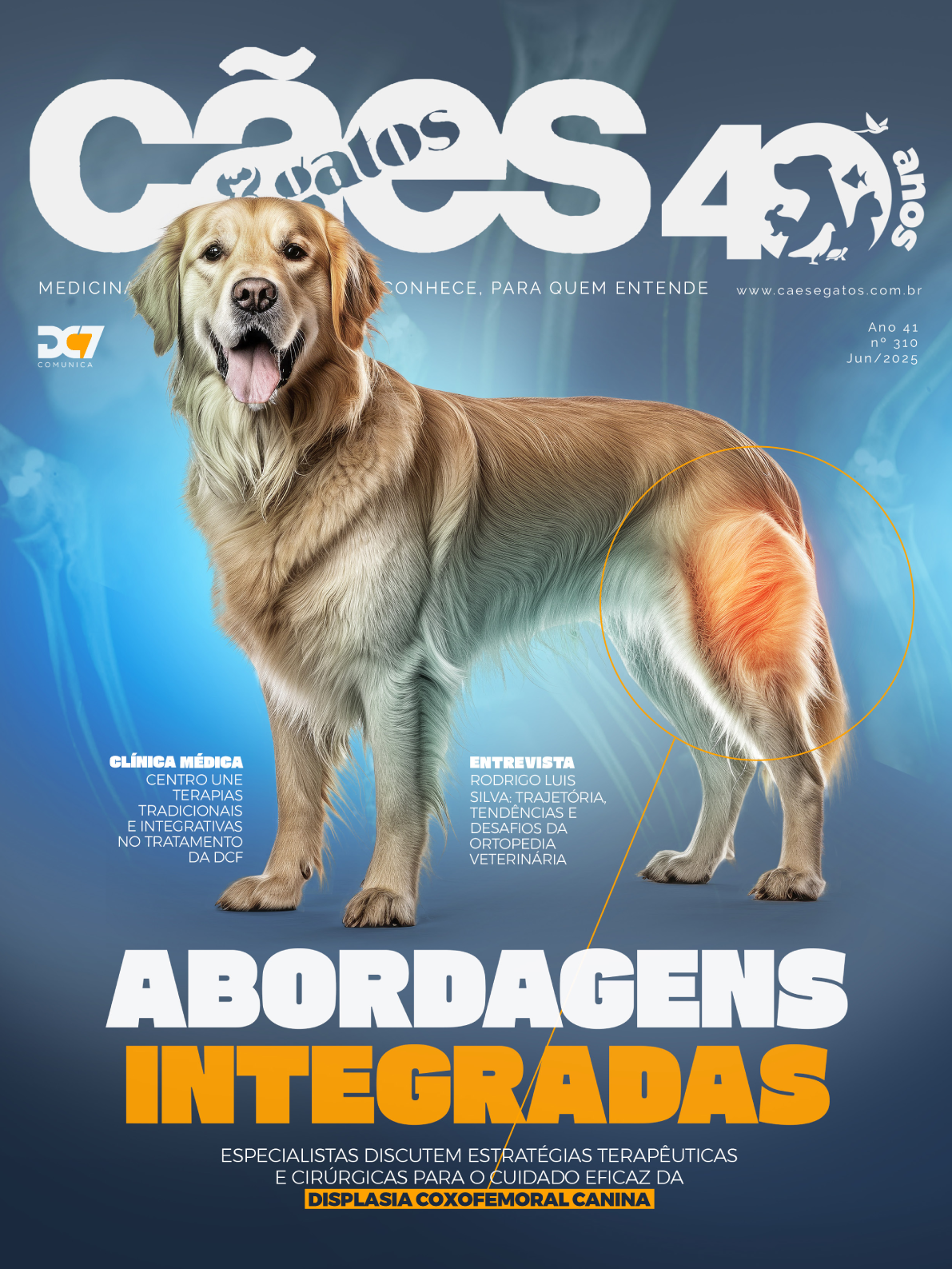Uma das principais causas de EPP (enteropatia perdedora de proteínas) em cães, seguida da doença intestinal inflamatória, é a linfangiectasia – um distúrbio caracterizado pela obstrução, dilatação e ruptura dos vasos linfáticos intestinais que resulta no extravasamento da linfa para o lúmen intestinal 1,2. Como consequência, cães acometidos por esse distúrbio apresentam hiporexia, episódios de vômitos e/ou diarreia, hipoproteinemia, linfocitopenia, hipocolesterolemia, edema, ascite e, em casos mais graves, podem ficar desnutridos – o que pode resultar na perda de peso e massa muscular, agravando ainda mais o quadro clínico 1,2,3,4 .
Em raças predispostas, como Basenji, o quadro pode evoluir a óbito em até 3 anos após o início dos episódios de diarreia 2.
Acesse o texto completo na edição de fevereiro de 2025.
BIBLIOGRAFIA:
1 CRAVEN, Melanie D.; WASHABAU, Robert J. Comparative pathophysiology and management of protein‐losing enteropathy. Journal of veterinary internal medicine, v. 33, n. 2, p. 383-402, 2019.
2 Peterson, P.B.; Willard, M.D. Protein-Losing Enteropathies. Vet. Clin. North Am. Small Anim. Pract. 2003, 33, 1061–1082, doi:10.1016/S0195-5616(03)00055-X
3 KULL, P. A. et al. Clinical, clinicopathologic, radiographic, and ultrasonographic characteristics of intestinal lymphangiectasia in dogs: 17 cases (1996–1998). Journal of the American Veterinary Medical Association, v. 219, n. 2, p. 197–202, 2001
4 DAVENPORT, D. J.; JERGENS, A. E.; REMILLARD, R. L. Protein-Losing Enteropathies. In: HAND, M. S. et al. (Eds.). . Small Animal Clinical Nutrition. 5. ed. [s.l.] Mark Morris Institute, 2010a. p. 1077–1083.
5 SALAVATI SCHMITZ, Silke et al. Diagnostic features, treatment, and outcome of dogs with inflammatory protein‐losing enteropathy. Journal of veterinary internal medicine, v. 33, n. 5, p. 2005-2013, 2019.
6 OKANISHI, H. et al. The clinical efficacy of dietary fat restriction in treatment of dogs with intestinal lymphangiectasia. Journal of Veterinary Internal Medicine, v. 28, n. 3, p. 809-817, 2014.
7 KATHRANI, A. et al. Alterations in serum amino acid concentrations in dogs with protein-losing enteropathy. Journal of Veterinary Internal Medicine, v. 32, n. 3, p. 1026–1032, 2018.
8 MYERS, M. et al. Prospective Evaluation of Low-Fat Diet Monotherapy in Dogs with Presumptive Protein-Losing Enteropathy. Journal of the American Animal Hospital Association, v. 59, n. 2, p. 74–84, 2023.
9 NISA, K. et al. Effect of ultra low fat diet on regulatory T cells of dogs with intestinal limphangiectasia secondary to chronic enteropathy: A pilot study. Japanese Journal of Veterinary Research, v. 67, n. 3, p. 221–227, 2019.
10 ALLENSPACH, K. et al. Chronic enteropathies in dogs: Evaluation of risk factors for negative outcome. Journal of Veterinary Internal Medicine, v. 21, n. 4, p. 700–708, 2007.










